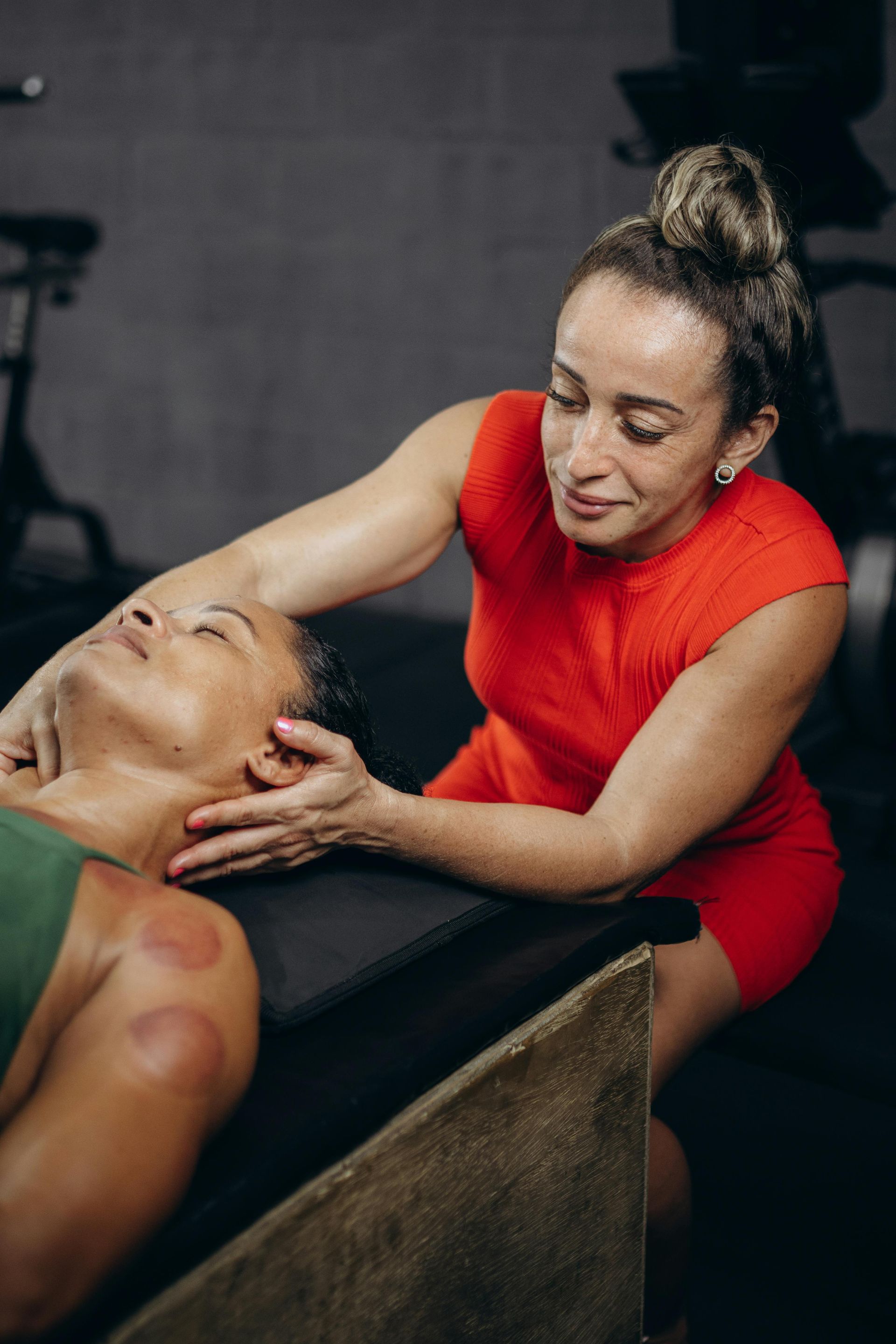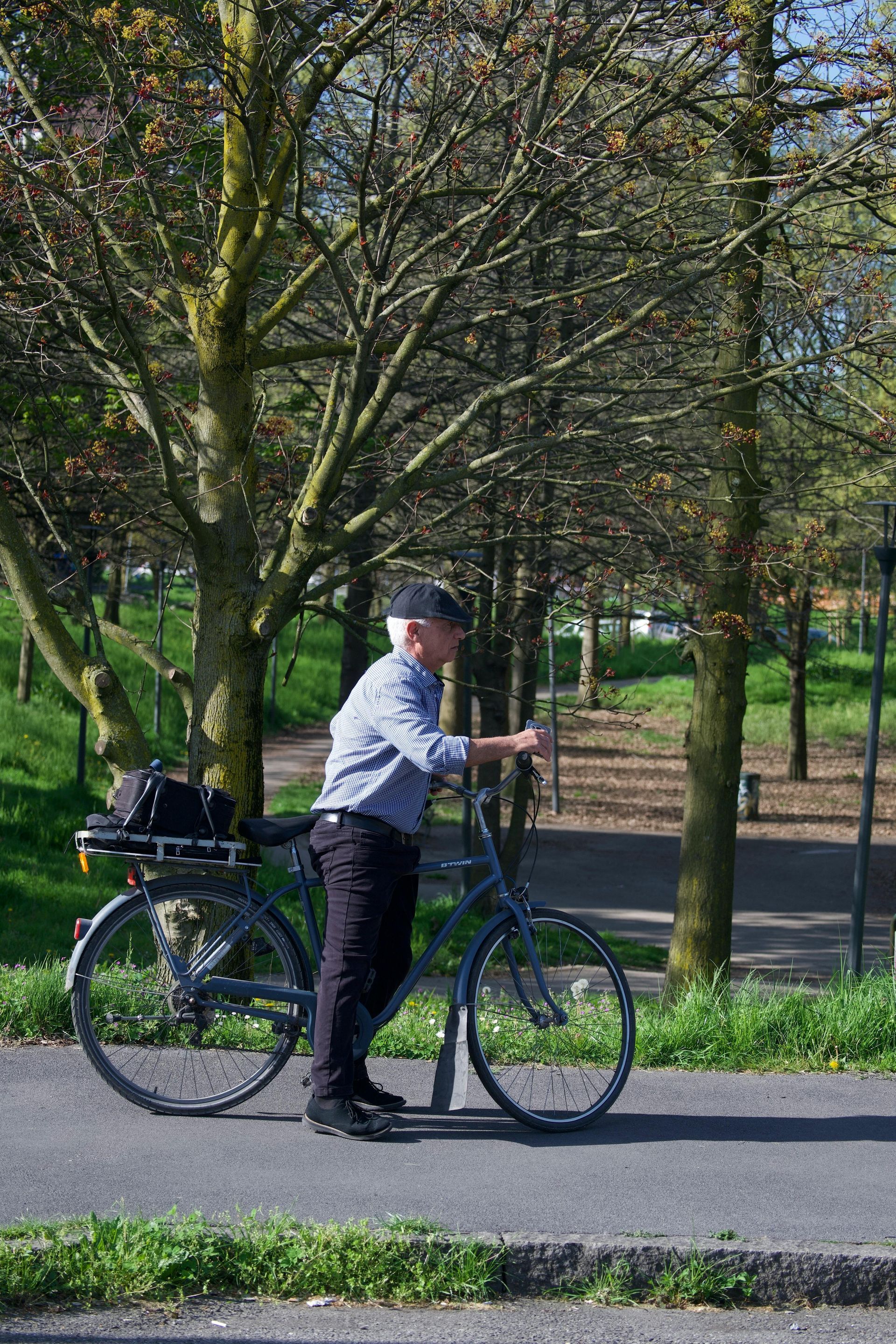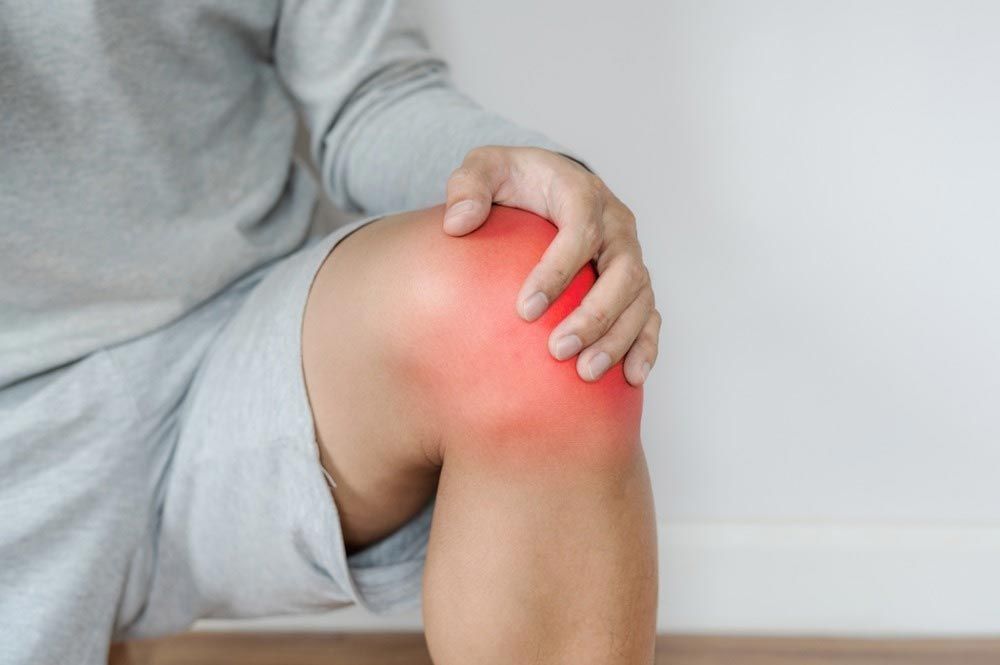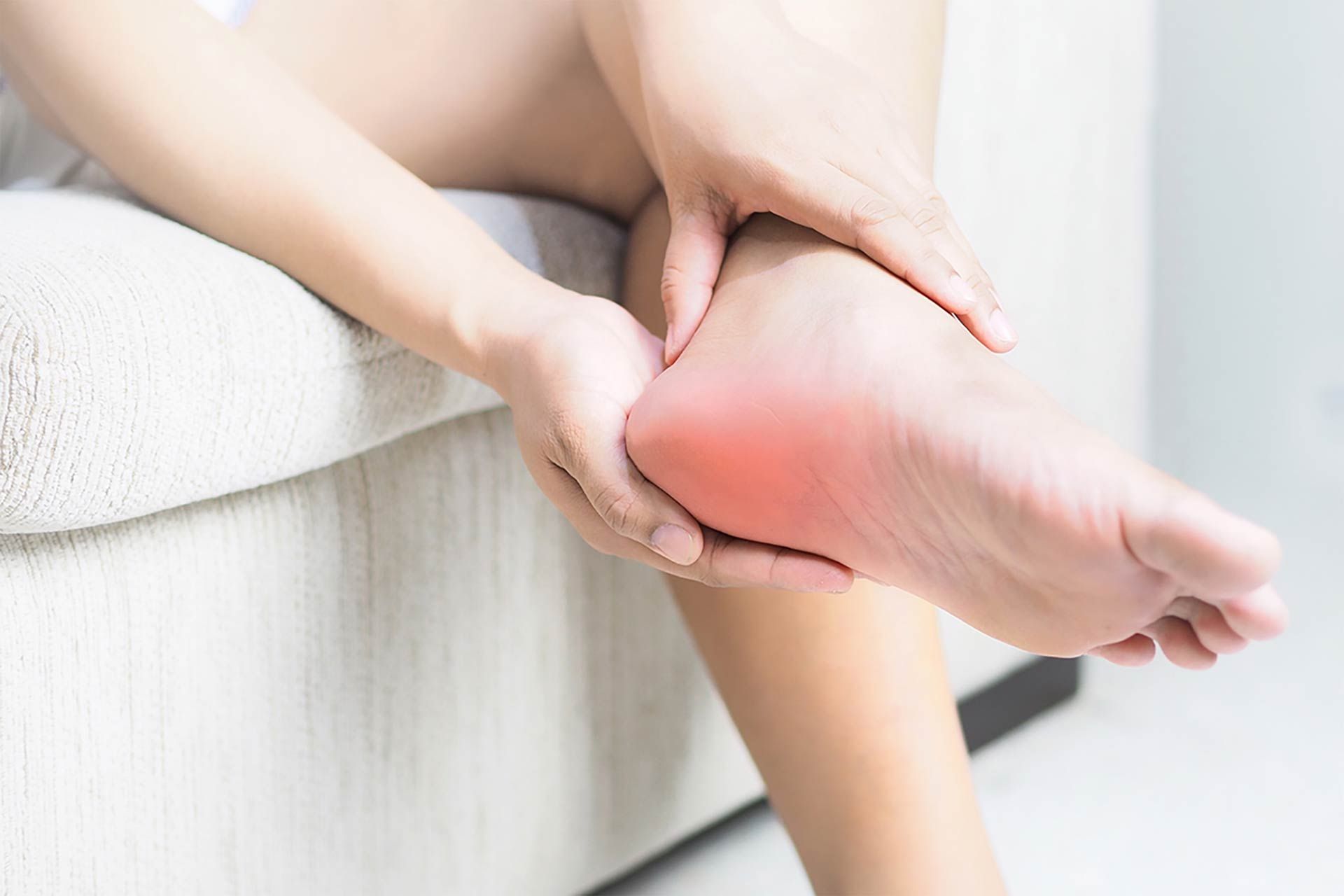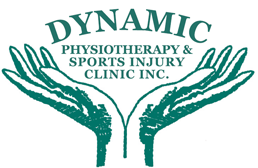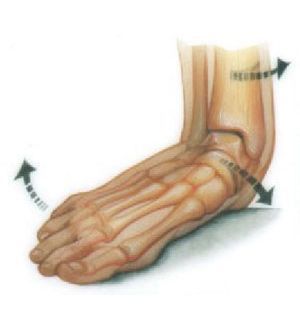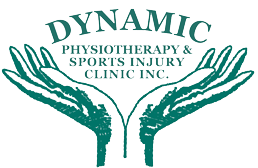Pain management is a critical component of physiotherapy, especially for those suffering from chronic conditions or recovering from injuries. While traditional physiotherapy techniques such as manual therapy, exercises, and modalities like ultrasound or heat therapy are highly effective, incorporating complementary treatments like acupuncture can enhance the overall effectiveness of the pain management strategy.
Acupuncture, a practice rooted in traditional Chinese medicine, involves the insertion of fine needles into specific points on the body to stimulate healing and alleviate pain. When integrated into physiotherapy, acupuncture can help address pain more holistically, targeting both the physical and energetic aspects of healing.
What is Acupuncture?
Acupuncture is a therapeutic practice that has been used for thousands of years to treat various ailments, including pain, stress, and digestive issues. It is based on the concept of "Qi" (pronounced "chee"), which is the vital energy that flows through the body along pathways known as meridians. According to traditional Chinese medicine, pain and illness occur when there is an imbalance or blockage in the flow of Qi.
Acupuncture works by stimulating specific points on the body, known as acupuncture points, which are located along these meridians. The stimulation of these points helps to restore the balance of Qi, promote natural healing, and reduce pain.
How Acupuncture Works:
Neurochemical Response: Modern research suggests that acupuncture stimulates the nervous system, leading to the release of neurochemicals such as endorphins, which are the body’s natural painkillers. This neurochemical response helps to alleviate pain and promote a sense of well-being.
Increased Blood Flow: Acupuncture increases blood circulation to the targeted areas, bringing more oxygen and nutrients to the tissues, which aids in the healing process.
Modulation of Inflammatory Response: Acupuncture has been shown to reduce inflammation by modulating the body's inflammatory response, making it particularly effective for conditions like arthritis and tendonitis.
Muscle Relaxation: By targeting specific points, acupuncture can help relax tense muscles and relieve muscle spasms, which are often associated with chronic pain.
Benefits of Combining Acupuncture with Physiotherapy:
Holistic Pain Management: While physiotherapy focuses on restoring movement and function, acupuncture addresses the body's energy flow and neurochemical balance, providing a more holistic approach to pain management.
Enhanced Healing: Acupuncture complements physiotherapy by improving blood flow, reducing inflammation, and accelerating the healing process, leading to faster recovery times.
Reduced Need for Medication: Acupuncture’s ability to manage pain naturally can reduce or eliminate the need for pain medications, which often come with side effects and risks of dependency.
Stress Reduction: Chronic pain is often accompanied by stress and anxiety, which can exacerbate symptoms. Acupuncture promotes relaxation and helps manage stress, making it easier for patients to focus on their recovery.
Conditions Treated with Acupuncture
Acupuncture can be used to treat a wide range of conditions, particularly those associated with pain and inflammation. When combined with physiotherapy, it is particularly effective for the following conditions:
Chronic Pain Conditions: Acupuncture is widely recognized for its ability to manage chronic pain conditions such as fibromyalgia, osteoarthritis, and chronic lower back pain.
Sports Injuries: Whether it’s a sprain, strain, or overuse injury, acupuncture can help reduce pain and inflammation, allowing athletes to recover more quickly.
Post-Surgical Pain: Acupuncture is often used as part of a post-surgical rehabilitation plan to manage pain, reduce swelling, and promote faster healing.
Headaches and Migraines: Acupuncture is effective in reducing the frequency and severity of headaches and migraines, particularly when combined with other physiotherapy techniques.
Neck and Shoulder Pain: Conditions like tension headaches, whiplash, and frozen shoulder respond well to the combined approach of acupuncture and physiotherapy.
Joint Pain: Acupuncture can help relieve pain associated with arthritis and other joint-related conditions by reducing inflammation and improving joint mobility.
Tendonitis and Bursitis: Acupuncture helps reduce inflammation and promote healing in tendons and bursae, making it an effective treatment for conditions like Achilles tendonitis and shoulder bursitis.
TMJ Disorders: Acupuncture can relieve jaw pain and muscle tension associated with TMJ disorders, complementing the manual therapy and exercises used in physiotherapy.
If you’re new to acupuncture, you may be curious about what to expect during a session. Here’s an overview of how acupuncture is typically integrated at Dynamic Physiotherapy in Mississauga:
1. Initial Assessment: An initial comprehensive assessment of your condition, including a discussion of your medical history, current symptoms, and treatment goals. This helps determine the best approach to integrating acupuncture.
2. Treatment Planning: Based on the assessment, your acupuncturist will develop a personalized treatment plan based on your goals and condition being treated.
3. Acupuncture Session: During an acupuncture session, you will be positioned comfortably, either lying down or sitting. The acupuncturist will clean the skin at the acupuncture points before inserting fine, sterile needles into the specific points related to your condition. The needles are typically left in place for 25 to 40 minutes.
4. Combination with Physiotherapy: After the acupuncture session, your physiotherapist may perform other treatments such as physical modalities, stretching, or guided exercises. This combination helps to enhance the overall effectiveness of your treatment and promotes faster recovery.
5. Follow-Up and Progress Monitoring: Your progress will be closely monitored throughout the course of treatment. Depending on your response to the treatments, your treatment plan may be adjusted to ensure optimal results.
Success Stories: Real-Life Benefits of Acupuncture in Physiotherapy
At Dynamic Physiotherapy, we have witnessed many patients achieve remarkable improvements in their pain levels and overall well-being through the combined approach of acupuncture and physiotherapy. Here are a couple of success stories:
"I had been dealing with chronic knee pain due to arthritis for years. After trying various treatments with little success, I decided to try physiotherapy combined with acupuncture at Dynamic Physiotherapy. The results were amazing! The pain has significantly decreased, and I can now walk without discomfort. The combination of these treatments truly made a difference."
"After shoulder surgery, I was struggling with stiffness and pain that was slowing down my recovery. My physiotherapist recommended adding acupuncture to my treatment plan. The improvement was noticeable after just a few sessions. My range of motion increased, and the pain subsided, allowing me to progress more quickly in my rehab exercises."
Who Can Benefit from Acupuncture?
Acupuncture can benefit a wide range of individuals, particularly those who:
Suffer from Chronic Pain: Acupuncture is an excellent option for those looking to manage chronic pain conditions without relying solely on medications.
Are Recovering from Injury: Whether it’s a sports injury or post-surgical recovery, acupuncture can enhance healing and reduce pain.
Seek a Holistic Approach: If you prefer a more natural, holistic approach to pain management, acupuncture offers a complementary treatment that works alongside conventional physiotherapy.
Have Tried Other Treatments Without Success: For patients who have not found relief through other methods, acupuncture provides a new avenue for pain management and healing.
Why Choose Dynamic Physiotherapy for Acupuncture?
At Dynamic Physiotherapy in Mississauga, we are dedicated to providing comprehensive care that addresses your pain and promotes overall wellness.
What Sets Us Apart:
Experienced Practitioners: Our team includes highly trained physiotherapists and acupuncture practitioners who work together to provide a seamless, integrated approach to your care.
Personalized Treatment Plans: We believe that every patient is unique, and we tailor our treatment plans to your specific needs and goals, ensuring that you receive the best possible care.
State-of-the-Art Facility: Our clinic is equipped with the latest tools and technology, allowing us to offer a wide range of treatments that support your recovery and well-being.
Patient-Centered Care: We prioritize your comfort, safety, and satisfaction throughout your treatment journey. Our team is committed to helping you achieve your health goals in a supportive and compassionate environment.
Conclusion: Enhance Your Recovery with Acupuncture
Acupuncture is a powerful tool in the management of pain and the promotion of healing, especially when integrated with physiotherapy. By combining these two approaches, you can achieve better outcomes, reduce your reliance on medications, and enjoy a more holistic approach to your health and well-being. At Dynamic Physiotherapy in Mississauga, we’re here to help you every step of the way.
If you’re ready to explore how acupuncture and physiotherapy can work together to manage your pain and improve your quality of life, contact Dynamic Physiotherapy today to schedule a consultation. Take the first step towards a healthier, pain-free future!
